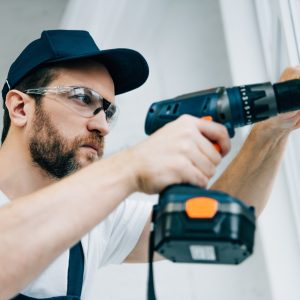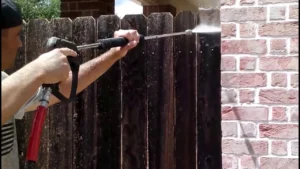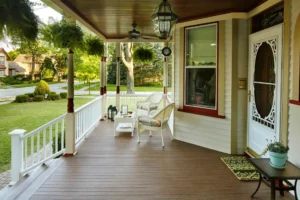In Castroville, TX, wood fencing faces relentless moisture challenges from humid Gulf Coast air, heavy rains, and rapid temperature shifts. Prolonged dampness accelerates rot, warping, and mold growth, compromising structural integrity and aesthetics. Untreated wood absorbs water, leading to swollen boards, loosened fasteners, and peeling finishes. These issues demand proactive measures like sealing, drainage, and material selection to combat decay. Understanding moisture’s impact is key to preserving fences in this climate, where seasonal storms and humidity create a constant battle against deterioration.
Effects of Excessive Moisture on Wood Fencing
Excessive moisture causes wood fencing in Castroville, TX, to rot, swell, and warp, weakening its structure. Dampness breeds mold, mildew, and decay, while peeling finishes expose wood to UV damage. Swelling loosens fasteners; untreated boards risk collapse. Humidity and seasonal rains accelerate damage, demanding proactive sealing and drainage to prevent deterioration.
Rot and Decay
Excessive moisture creates a breeding ground for fungi, which feed on wood fibers and cause decay. In Castroville’s humid climate, untreated wood is highly susceptible, while even pressure-treated wood can rot if cracks form and moisture infiltrates. Rot often starts near the base or joints where water pools, weakening structural integrity. Left unchecked, it leads to irreparable damage, requiring full section replacements. Regular inspections and sealing vulnerable areas are critical to slowing fungal growth and preserving the fence’s lifespan.
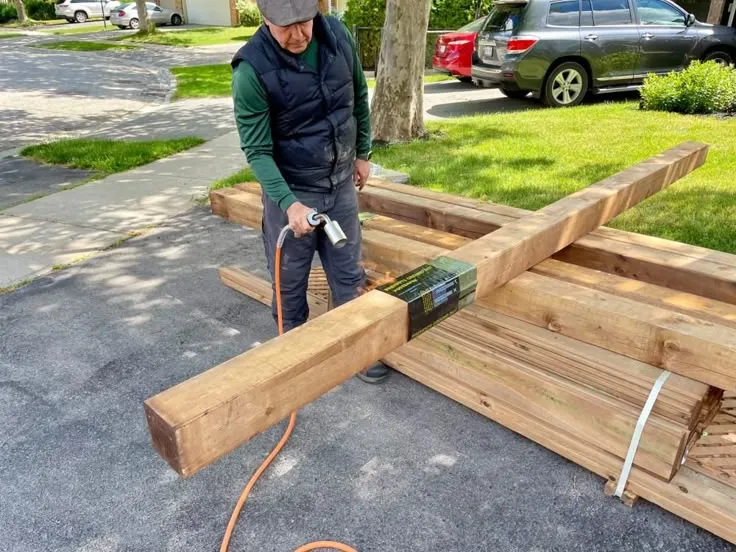
Swelling and Warping
Wood absorbs moisture, expanding during rainy periods and contracting as it dries. This cycle causes boards to warp, twist, or cup, leading to misaligned panels and gates that stick or fail to close. Warping is especially common in Castroville’s fluctuating humidity, compromising both aesthetics and function. Over time, repeated swelling stresses fasteners like nails and screws, loosening connections. Proper sealing and using kiln-dried lumber can minimize moisture absorption and reduce warping risks.
Mold and Mildew Growth
Damp, shaded areas of wood fencing foster mold and mildew, visible as black or green patches. Beyond unsightly stains, these organisms break down wood fibers and weaken the structure. Castroville’s humidity exacerbates growth, posing health risks for allergy sufferers. Mold thrives in poorly ventilated sections or near dense vegetation. Power washing and applying mold-resistant sealants can mitigate growth, but persistent infestations may require professional treatment to prevent long-term damage.
Discoloration and Peeling Finishes
Moisture causes stains, streaks, or blistered paint and stain finishes. UV exposure accelerates fading once protective coatings peel, leaving wood vulnerable to further water damage. In Castroville, seasonal rains and sun intensify this cycle, leading to premature aging. Regular maintenance—sanding and reapplying high-quality sealants—helps retain color and protection. Opting for opaque stains over paint can reduce visible peeling and extend the time between reapplications.
Structural Weakness
Prolonged moisture exposure rots posts, rails, and boards, destabilizing the entire fence. Weak spots may collapse under wind pressure or physical contact, compromising privacy and safety. In Castroville, ground contact and poor drainage heighten risks, particularly for untreated wood. Reinforcing posts with gravel bases, using rot-resistant materials, and replacing compromised sections promptly can prevent cascading failures and extend the fence’s durability.
Prevention and Maintenance Tips for Castroville, TX
Use pressure-treated or rot-resistant wood and seal it every 3–5 years with UV-resistant stain. Ensure proper drainage by sloping soil away from the fence and trimming vegetation. Inspect for damage after storms, repair cracks promptly, and replace warped boards. Consider low-maintenance vinyl or composite options for long-term durability in humid climates.
Choose Rot-Resistant Materials
Opt for pressure-treated wood infused with preservatives (e.g., ACQ or copper-based treatments) to resist fungal decay in Castroville’s humid climate. Redwood or cedar are naturally moisture-resistant alternatives. For added protection, install a treated “kickboard” along the fence base to shield against ground moisture and lawn sprinklers. Local suppliers like Castroville Lumber offer region-specific options. Pair with galvanized or stainless-steel hardware to prevent rust-induced weakening.
Seal and Stain Regularly
Apply a high-quality, UV-resistant sealant or stain every 3–5 years to repel water and prevent cracking. Wait 1–2 months after installation to allow wood to dry before sealing. Use penetrating oil-based stains for deeper protection, focusing on end grains and joints. Local contractors like MG Fencing TX recommend reapplying after heavy storms to maintain coverage. Avoid latex paints, which trap moisture; opt for breathable finishes suited to Texas heat and humidity.
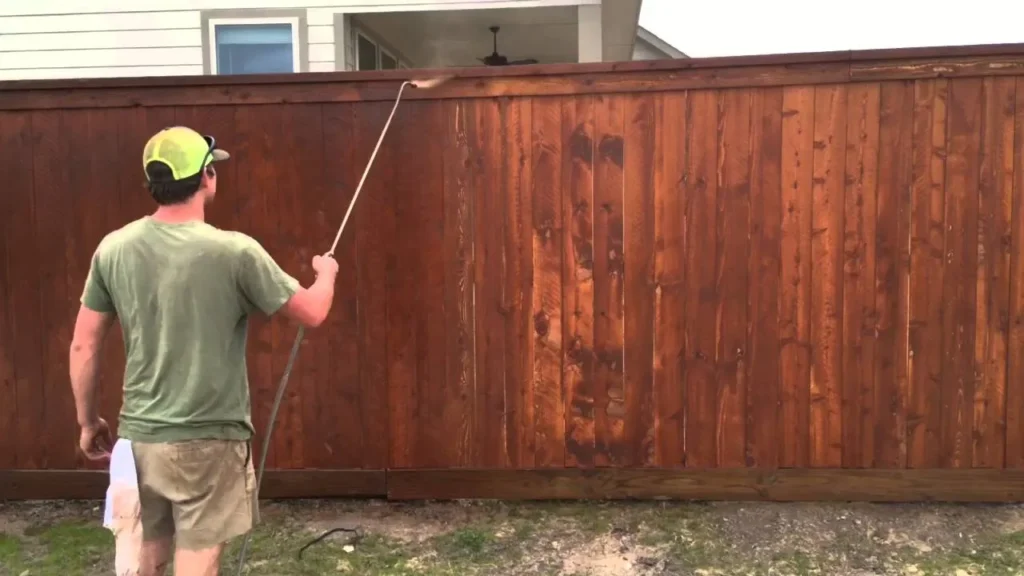
Optimize Drainage and Airflow
Grade soil away from the fence to prevent pooling, and install French drains in low-lying areas. Trim overhanging branches and dense shrubs (e.g., crepe myrtles) to improve airflow and sunlight exposure, reducing dampness. Elevate fence panels slightly above soil level using gravel or concrete footings. Space boards 1/8-inch apart to accommodate swelling during rainy seasons.
Inspect and Repair Promptly
Check for cracks, loose fasteners, or rot after major storms or seasonally. Replace warped boards, reinforce wobbly posts with concrete, and fill gaps with exterior-grade caulk. Treat mold with a bleach-water solution (1:3 ratio) and sand discolored areas before resealing. Castroville’s rainy springs demand immediate fixes to prevent small issues from escalating.
Conclusion
Excessive moisture in Castroville, TX, poses a persistent threat to wood fencing, but strategic care can mitigate risks. Regular sealing, rot-resistant materials, and proper drainage prevent decay and warping, while prompt repairs address storm damage. Homeowners should prioritize inspections and consider low-maintenance alternatives like composite or vinyl for lasting durability. By adapting to the region’s humid climate, residents safeguard their fences’ functionality and curb appeal, ensuring years of reliable service despite environmental challenges.

